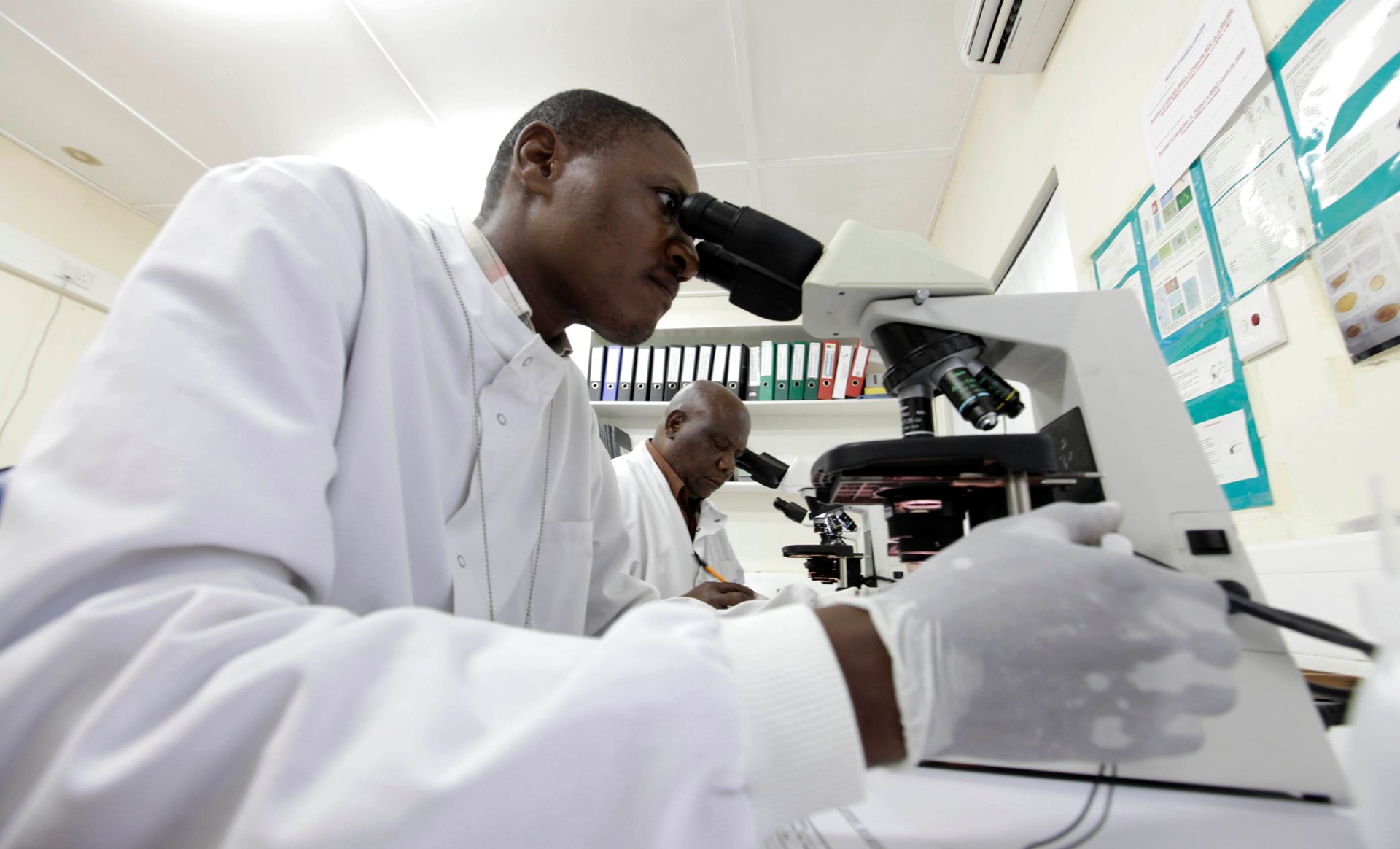The US has a new weapon in the fight against antibiotic resistance
The US government has upgraded its network of public health laboratories with new technology, allowing scientists to more quickly track down—and even predict—new sources of dangerous antibiotic resistant outbreaks in the food supply.


The US government has upgraded its network of public health laboratories with new technology, allowing scientists to more quickly track down—and even predict—new sources of dangerous antibiotic resistant outbreaks in the food supply.
The upgrade, outfitting the labs with technology needed to carry out whole genome sequencing, comes at a critical moment for the national health system. It is estimated that 2.8 million antibiotic-resistant infections occur each year in the US, which are linked to some 35,000 deaths. The food system, including the widespread use of antibiotics to prevent common infections in livestock, has played a role in both the rise of resistant bacteria and the routes they take to get to people.
In the last several years, governments around the world have started tackling the problem by tightening rules around how antibiotics are used by both medical professionals and farmers. In the US, 80% of antibiotics are sold for use in animal agriculture, and the vast majority of those are antibiotics important in human health.
Because of prolonged exposure to medically-important antibiotics, bacteria have adapted, evolving in ways that make them resistant to some medicines. This is bad news for humans. When some people find themselves infected and sick, some of the medicines that doctors have long prescribed are no longer working, putting people at risk of serious health complications and even death.
The government upgrade, which started in 2013 and was completed in July 2019, marks a big step in the effort to fight antibiotic resistance within the food system. Not only does it provide whole genome sequencing technology to all 83 public health laboratories—collectively called PulseNet—in the US, it also connects them to the same software system so that scientists can upload and share their findings. This allows them to more quickly track down resistant bacteria, which often travels via food.
“It can be a very long and difficult process, but what whole genome sequencing does it adds a lot of precision to the identification process,” says Peter Gerner-Schmidt, chief of the US Centers for Disease Control and Prevention’s enteric disease lab branch.
Whole genome sequencing is a complicated multi-step process. Scientists extract DNA from a bacterial culture and cut it into short strips (often with enzymes) that are then copied many times over. That creates what’s called a “DNA library,” which is then loaded into a sequencer that transmits information about the DNA to computer programs that assemble all of those snippets into a complete genome.
Now, if a food safety inspector based in a slaughterhouse flags a piece of raw meat that has tested positive for salmonella, the bacteria on the chicken can be run through the PulseNet system to have its whole genome sequenced and uploaded to the national database. If there are any genetic matches, the government will have an idea of where to target its efforts to minimize the impact of the outbreak. The same rule applies if the database shows a cluster of human illness cases bearing similarities.
“We will be able to react to the emergence of new resistant strains much earlier than we were able to in the past for sure,” Gerner-Schmidt says.
And that’s a big step in the bigger, global fight against antibiotic resistance. It offers not just a fast response to resistant bugs, but more complete insight into what makes bacteria act the way they do.